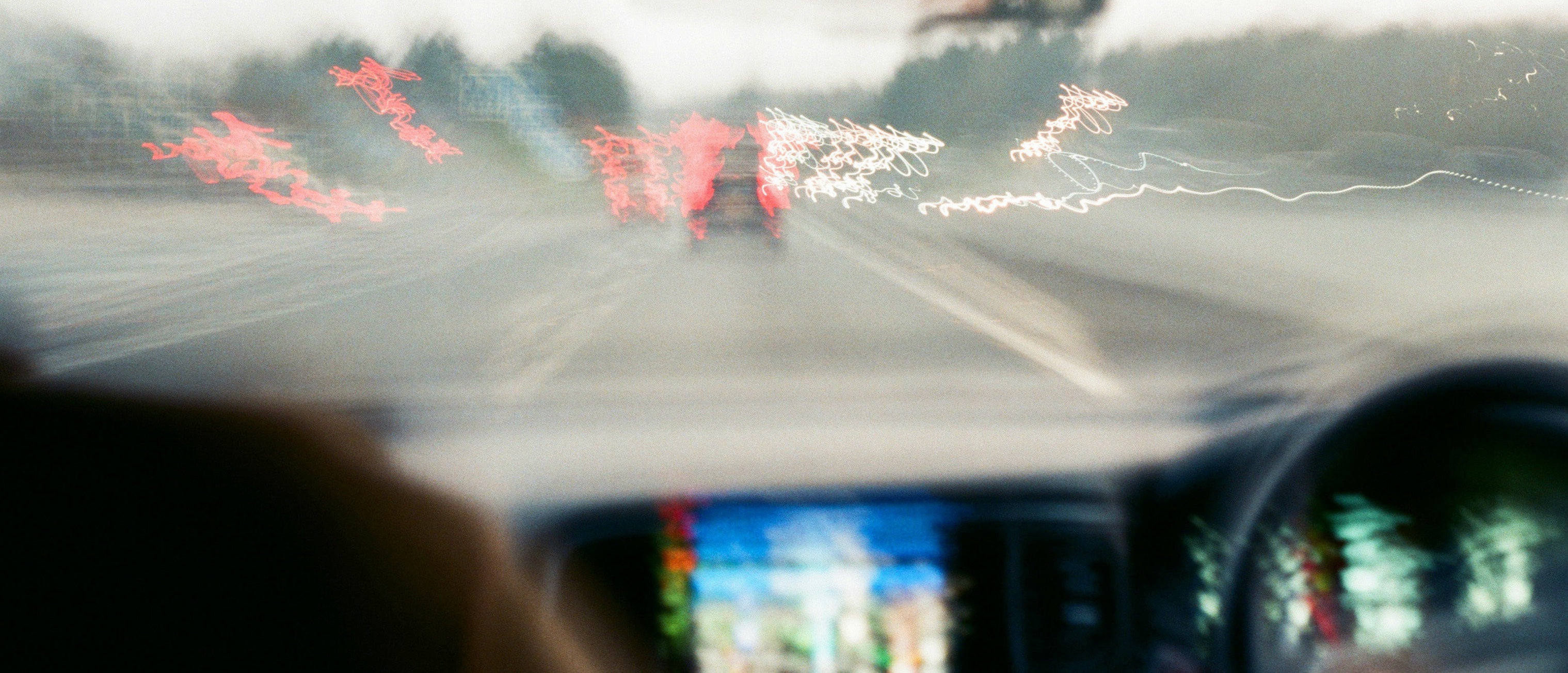
Online exclusive: drugged driving setback
2023 was supposed to be the year that saliva-based roadside testing for drugs would finally be used by Police in New Zealand. But the Government has just announced these plans have been delayed.

In winter months, New Zealand motorists are vulnerable to sun-strike. This is when the angle of sunlight hitting a car’s windscreen creates a blinding glare; with the sun low in the sky on clear winter mornings and evenings, sun-strike can be genuinely dangerous.
It was one such clear evening when Auckland-based Zach Weir was heading home after a weekend in Coromandel. He was nearly home. He remembers the song Lean on me playing on the car stereo as he approached Mission Bay, two minutes from his house.
It was about 6pm and Zach was driving directly into the setting sun.
“Suddenly, I couldn’t see a thing apart from a completely bright yellow windscreen; everything went blank,” he says. “The next thing I knew, a metal loading plate from a truck parked on the side of the road was coming through my windscreen toward my head. Time seemed to slow down and as it came toward my face, I thought, ‘is this how it ends?’”
Zach was one of hundreds of motorists injured on New Zealand roads in accidents caused by sun-strike over recent years.
Crash analysis by the AA reveals there were 21 deaths from crashes involving sun-strike over the past five years; from 2013 to 2017, 780 motorists were injured, 141 seriously.
AA road safety spokesman, Dylan Thomsen, says anticipating when sun-strike is likely to be an issue is the best way to prevent problems.
“Obviously, accidents will be less likely if motorists take the right measures to ensure they can see clearly. Good vision is absolutely essential to safe driving, as are simple things like keeping your windscreen clean, using your headlights during the day and keeping good following distances,” he says.
The most common crashes involving sun-strike are at intersections when motorists fail to see a vehicle approaching. Rear-end crashes are the second-most common, when drivers are unable to see a vehicle slowing or at a standstill ahead of them.
Most incidents occur in May, the worst month for sun-strike due to the position of the sun during peak hour driving times – but extra caution should be practised throughout all the winter months. In snowy or icy conditions, low sunlight shining on white surroundings can cause temporary ‘snow blindness’ with a similar effect to sun-strike.
Also, when the winter sun is behind you, it’s important to be mindful of drivers travelling toward the bright, low light as they may be experiencing serious difficulty with their vision.
“Early morning and afternoons are the highest-risk times when all drivers, pedestrians and cyclists need to be extra cautious,” Dylan says. “Even if you’re not behind the wheel of a car, you need to be aware that someone driving toward you might not be able to see you.”
Zach Weir escaped his sun-strike accident with just a few bruised ribs, but it changed his attitude toward driving.
“If I can, I’ll take a different route, as Auckland is quite hilly and prone to sun-strike at particular times of the day. I’ll leave 30 minutes before or after sunrise or sunset now,” he says.
“The extra bit of time and planning is worth it. I feel as though I could easily have died that day.”
Sun-strike
• Occurs when the sun hits the windscreen causing glare and making it hard to see the road ahead.
• Intensifies on mornings & afternoons, when the sun is low in the sky
• May to August are the worst months
Beat the glare
• Keep your windscreen clean,
inside and out
• If possible, pull over and wait until visibility improves.
• Wear polarised sunglasses. Good-quality polarised eye wear will reduce the effect of sun-strike; consider investing in prescription sunglasses if needed.
• Use your headlights during the day, to increase the chances of being seen.
Reported by Monica Tischler for our AA Directions Winter 2018 issue